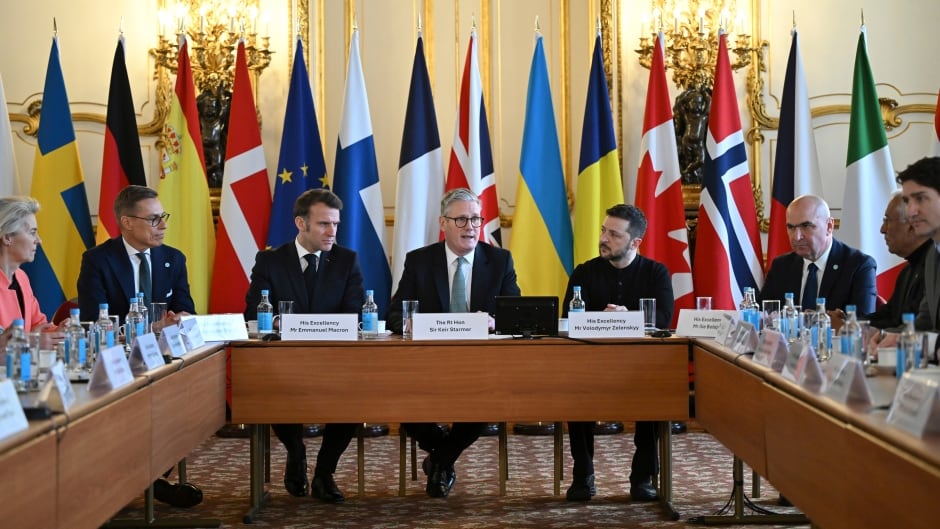
Lockheed Martin's Offer to Canada: More Jobs in Exchange for Full F-35 Order
Alright, let’s talk about something big happening in Canada’s defense sector right now. Lockheed Martin, the American defense giant behind the F-35 fighter jets, has put a bold offer on the table—more jobs for Canadians, but only if Ottawa follows through on its original commitment to purchase all 88 jets.
Back in 2023, Canada agreed to buy 88 F-35 fighter jets for a whopping $19 billion, but here’s the catch—so far, the government has only legally committed to buying 16. With the first jets expected to arrive in 2026, there’s no obligation to go through with the remaining 72. That gives Canada a lot of leverage, and Lockheed Martin is now making a play to secure the full order by promising job creation in the country.
Now, here’s where things get really interesting. The Canadian government, under newly elected Prime Minister Mark Carney, recently announced a review of the purchase agreement. Given the current political climate, there’s growing concern over whether relying too heavily on the U.S. for military equipment is a smart move. With former President Donald Trump’s history of imposing tariffs and making unpredictable foreign policy decisions, some Canadians worry that access to crucial F-35 software upgrades could be restricted in the future. That’s a major risk.
Also Read:- Trey Hendrickson's Future with Bengals in Question Amid Contract Stalemate
- Sally Lindsay Returns with Thrilling Season 4 ofThe Madame Blanc Mysteries
Enter Sweden’s Saab Gripen, the runner-up in Canada’s search for a next-generation fighter jet. Saab has long promoted the Gripen as a “made-in-Canada” fighter, promising thousands of domestic jobs if Ottawa opts for its aircraft instead. In fact, Brazil is already manufacturing the Gripen under license, proving that Saab is open to localized production. Meanwhile, Lockheed Martin has not committed to building the F-35 in Canada but instead allows Canadian firms to compete for component contracts within its global supply chain.
Lockheed Martin, however, is emphasizing that Canada has already benefited from the F-35 program, with about 110 Canadian suppliers contributing to its development. But the company’s recent push for the full contract suggests that it’s feeling the pressure—especially with Ottawa holding the power to walk away from the deal.
This isn’t just about fighter jets; it’s about politics, economics, and national security. If Canada pulls out of the F-35 program, it risks losing key aerospace contracts with the U.S., potentially impacting companies like Bombardier, which has strong defense ties with Washington. On the other hand, sticking with the deal could mean billions spent on jets that some fear could be held hostage by shifting U.S. policies.
And here’s another twist—other countries are also reconsidering their F-35 commitments. Portugal recently expressed concerns about purchasing the jets due to Trump’s aggressive trade stance, and this sentiment is growing among NATO allies.
So what’s next? Canada has a decision to make. Stick with Lockheed Martin and hope the U.S. remains a reliable partner, or explore alternatives like the Gripen and possibly even European-built fighter jets. Either way, this debate is far from over, and it’s a crucial moment for Canada’s defense strategy.
What do you think? Should Canada double down on the F-35 deal or take a different route? One thing’s for sure—this story is just getting started.
Read More:


0 Comments